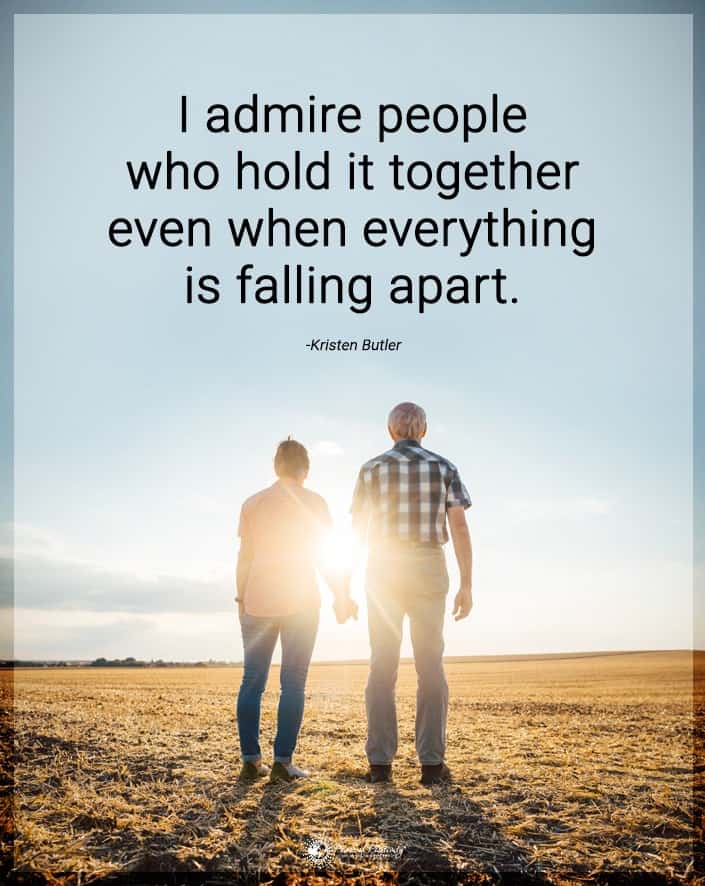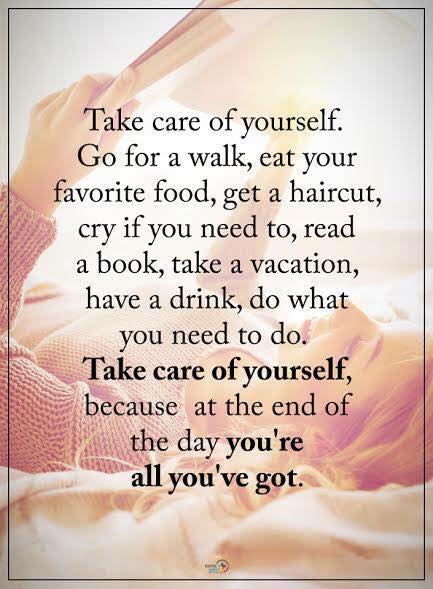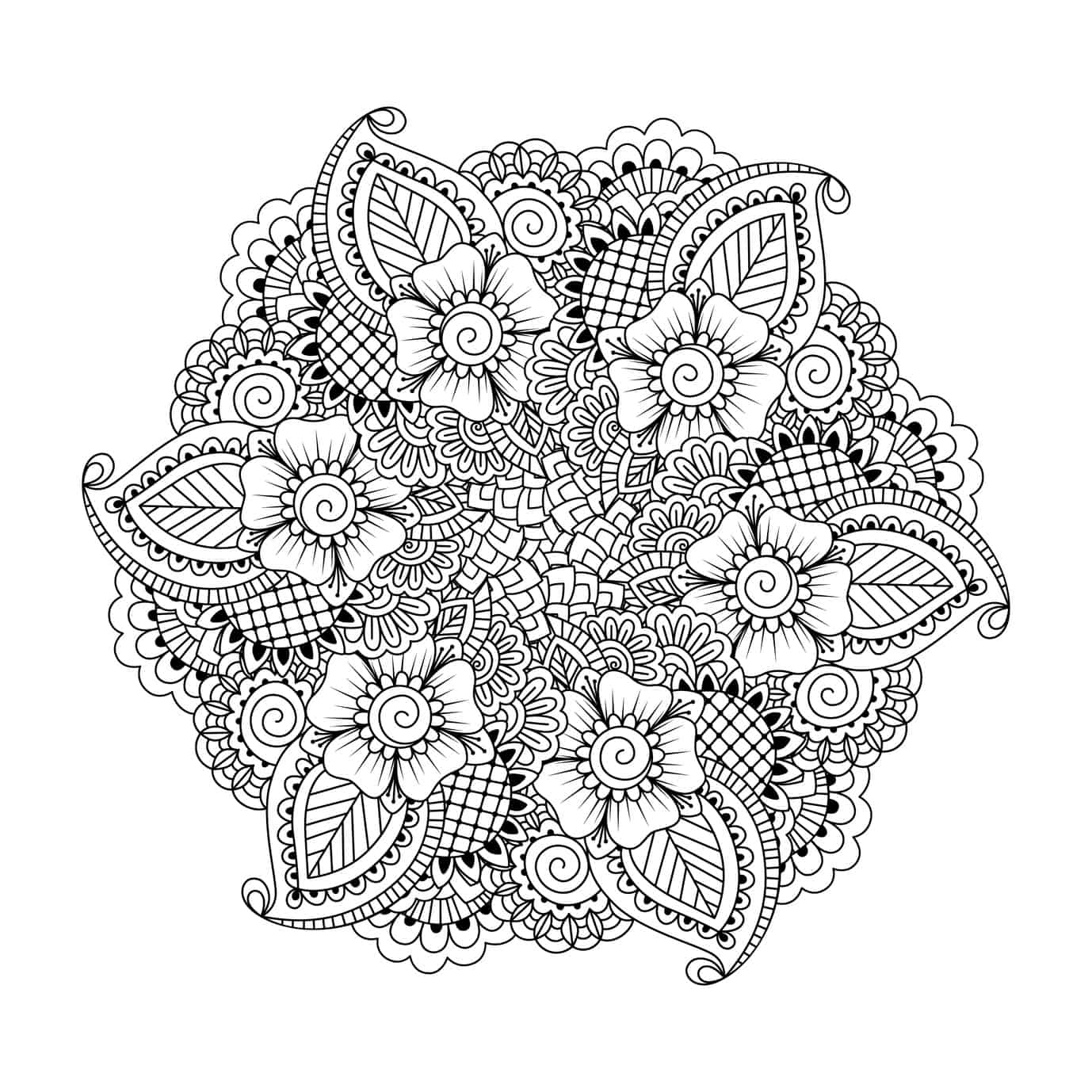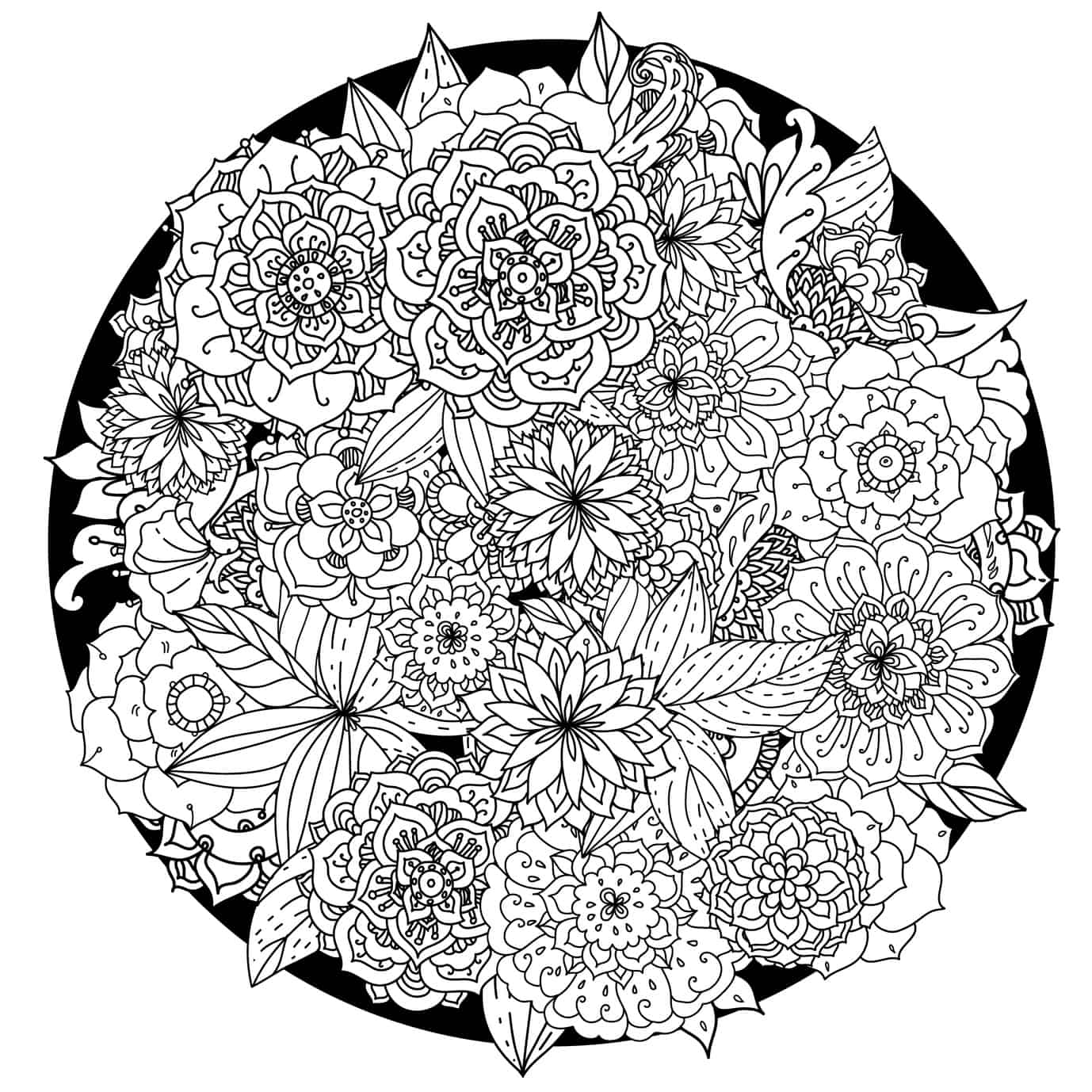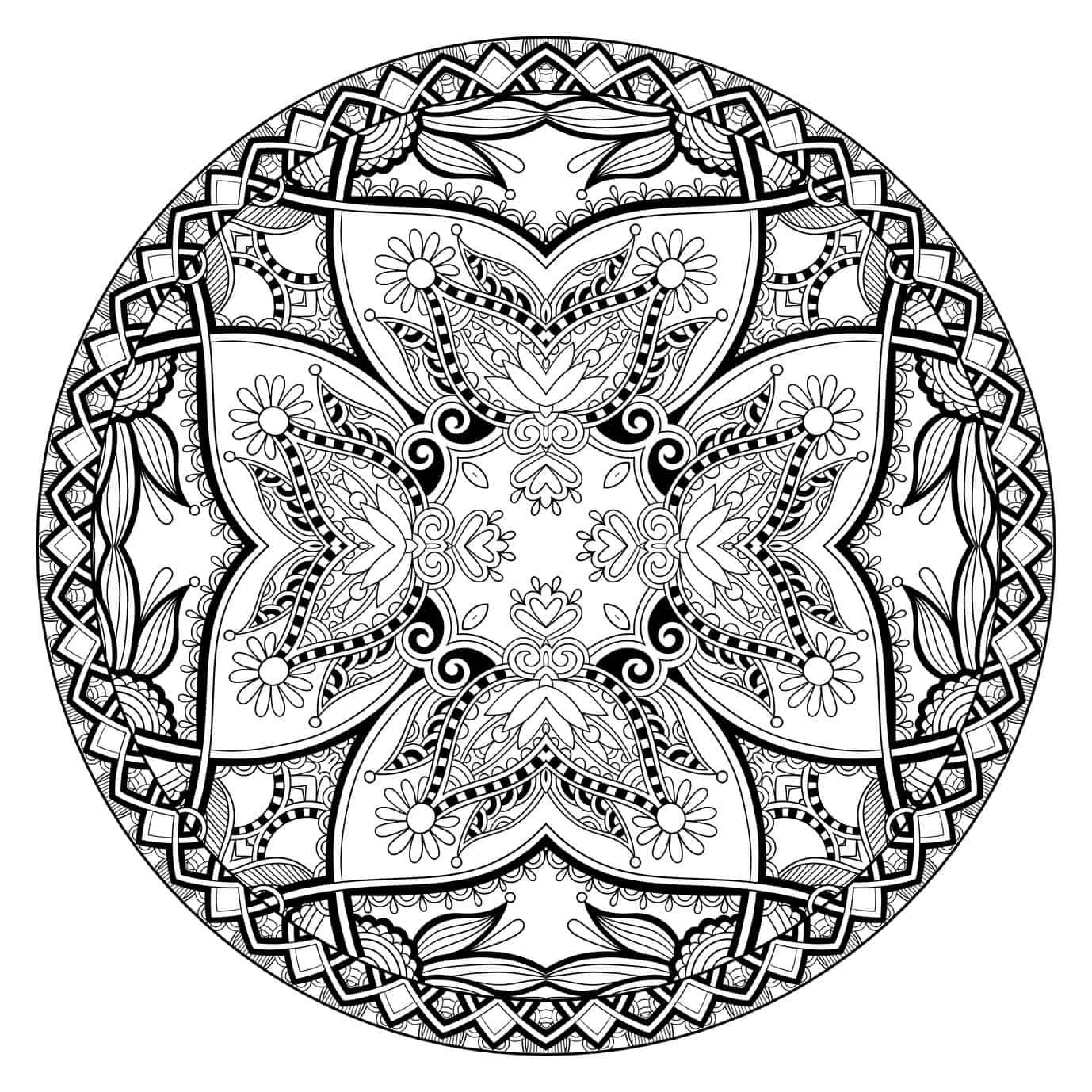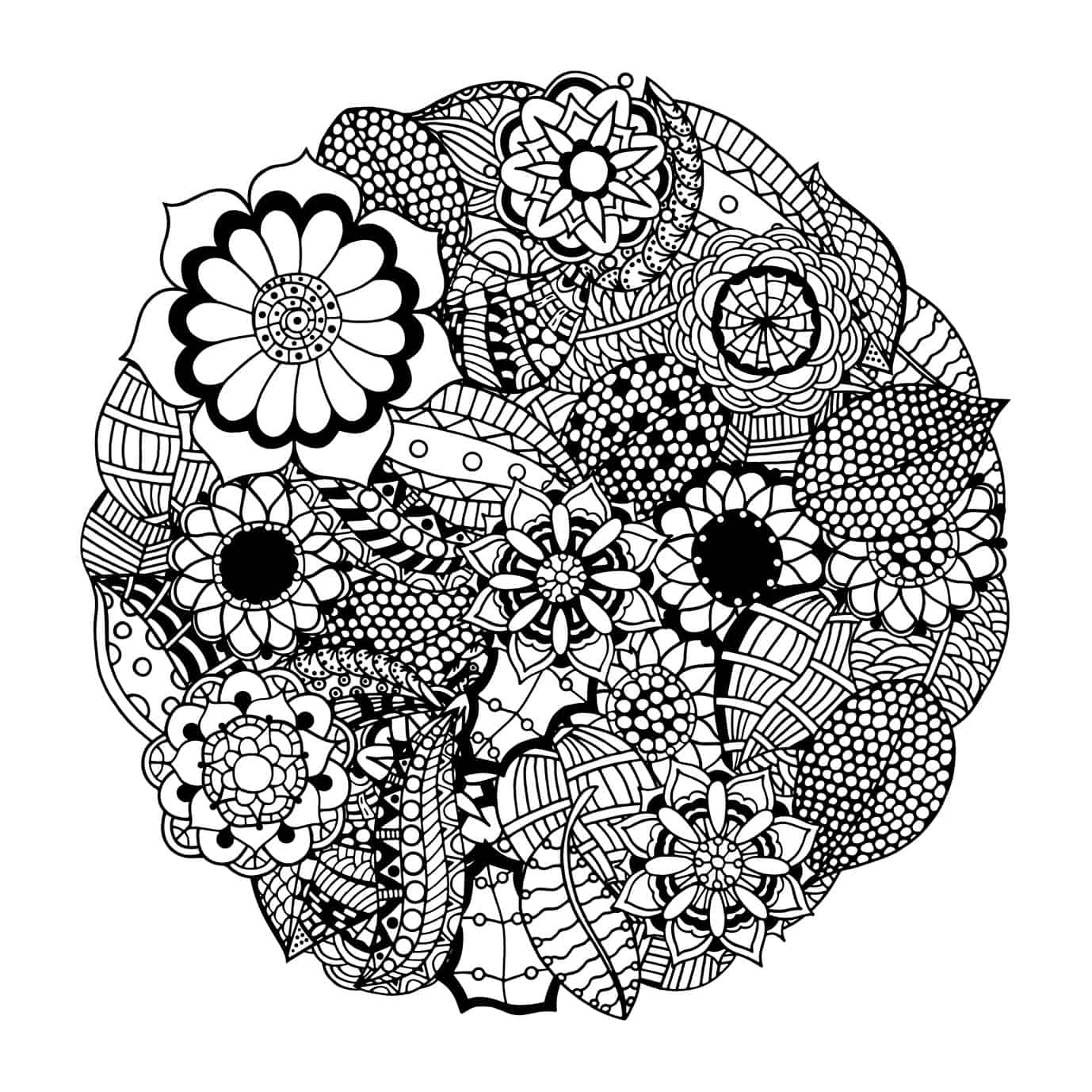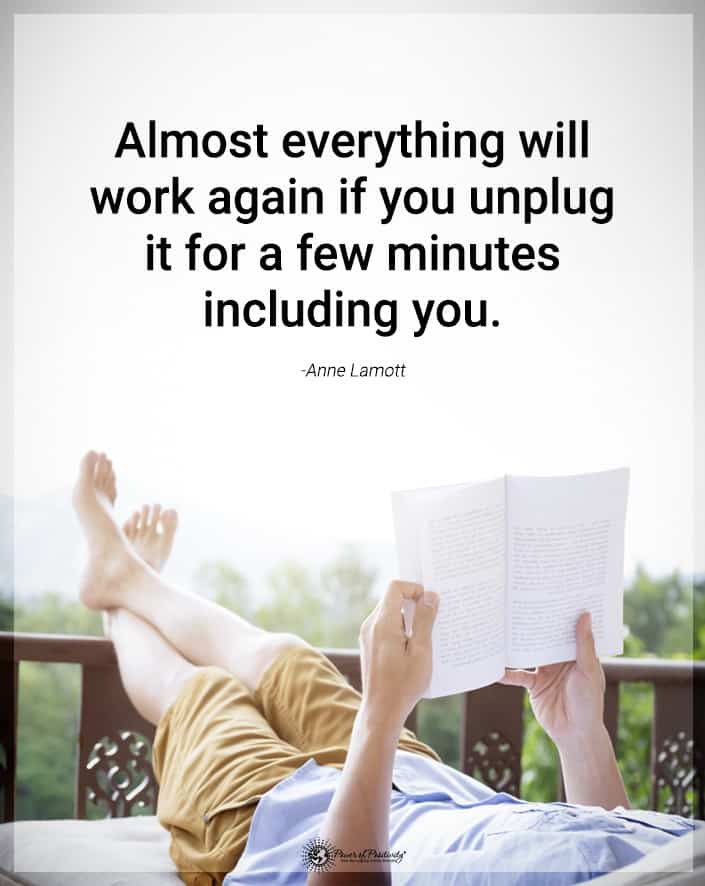Finding a partner who fits your needs in every important way can be a challenge. Once you’ve found someone who seems right for you, you can tend to overlook behavior that you know is unacceptable for your values just because you’re in love.
Rather than staying in a relationship where your partner doesn’t deserve your time, it might be time to break ties with them and move on to someone who does.
Just in case you were wondering if your partner might not measure up, here are seven signs that your partner doesn’t deserve you.
7 Signs Your Partner Doesn’t Deserve You
1. Your partner doesn’t challenge you.
Living in a partnership ideally includes a coming together of mutual goals. If you challenge your partner to be a better person by accomplishing their goals, but your partner doesn’t support your dreams, it might be a sign that they don’t deserve you.
2. Your partner is a liar.
When you’ve lost the bond of trust that you had with your partner, it’s hard to get it back. Whether they said something untrue or they didn’t follow through on what they promised, your faith in them has changed. While it’s not impossible to get it back with time, losing trust could be a sign that your partner doesn’t deserve you.
3. You have to apologize for your partner’s behavior.
If you’ve ever been in a group of people whose mouths dropped open by something your partner said or did, you may have found yourself apologizing for your partner’s behavior. “I’m so sorry, s/he didn’t get enough sleep last night,” you say as you drag your other half away from the group. Apologizing for something that you didn’t do is never a good sign.
4. Your partner has a different outlook on what they want.
You’ve got big dreams, hopes, and aspirations for your future. Your partner isn’t sure where their next paycheck is coming from. When your partner has no desire to improve their situation in life, but you do, it may be a sign that your partner doesn’t deserve you.
5. You make the effort but your partner doesn’t.
If you find yourself planning all of the activities that you do together, your partner might not deserve all of the efforts that you put into the relationship. You remember birthdays, anniversaries, and holidays and already have the perfect party outfit and supplies ready for next Valentine’s day. Your partner asks “Don’t we have a thing this weekend?” as you roll your eyes at them and explain that yes, you are expecting them to attend your 10-year wedding anniversary dinner on Saturday at 5:00 pm, promptly.
6. Your partner rejects your desire for intimacy.
Dr. Andrew Gottlieb, a couples therapist, says “Initiating sex is a very delicate balance. When one person approaches the other, there is tremendous potential for hurt and rejection. If one person suggests sex, and the other turns it down, this often leads to resentment and finally avoidance.” Dr. Gottlieb suggests offering a rain check for sex if you truly aren’t in the mood.
Your partner should treat you like a priority, and that includes respecting your need for intimacy. If your partner treats you like an option rather than a priority, it could be a sign that your partner doesn’t deserve you.
7. Your partner overlooks when you’re feeling down.
Your partner’s mood is upbeat, but you have a case of the blues that’s hard to shake. Pulling yourself up out of the hole of depression that you’ve fallen into is stressful to a relationship. It’s even more stressful for a couple when one partner disregards the feelings of the other.
A big difference in mood from one partner to another can make the happier one feel annoyed and resentful. The one who is suffering from depression feels like a burden. At a time when you most need them, aren’t around for you.
Getting help might be the right thing to do. “Getting diagnosed and treated makes all the difference,” says Emily Scott-Lowe, Ph.D., an assistant visiting professor of social work at Pepperdine University, who leads workshops across the country about depression and marriage. Dr. Scott-Lowe says “Just 33 percent of people with depression seek and get help. But when you do, your chances for significant improvement are 80 to 90 percent.”
When you find yourself struggling with an emotional strain in your relationship, you may feel like your partner doesn’t deserve you. Your desire to be free of stress is understandable. If you need professional help, you can seek out a licensed counselor through this link.
If there’s an ever-widening gap between your needs and what your partner can offer you, it could be a sign that your partner doesn’t deserve you. But if it’s time to go, let them down gently and move on to the partner who is a little more deserving of all that you have to offer them.

